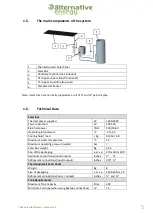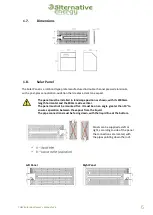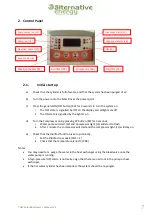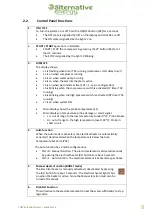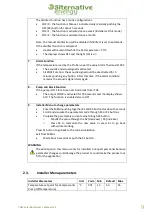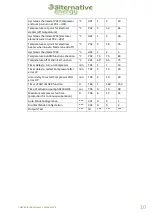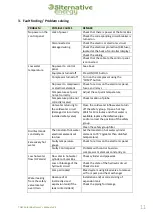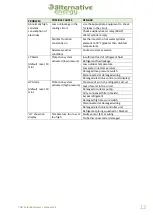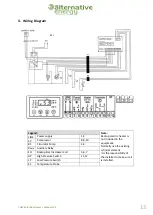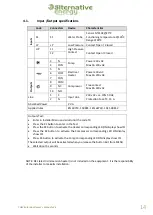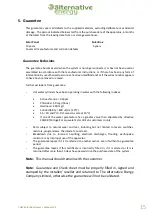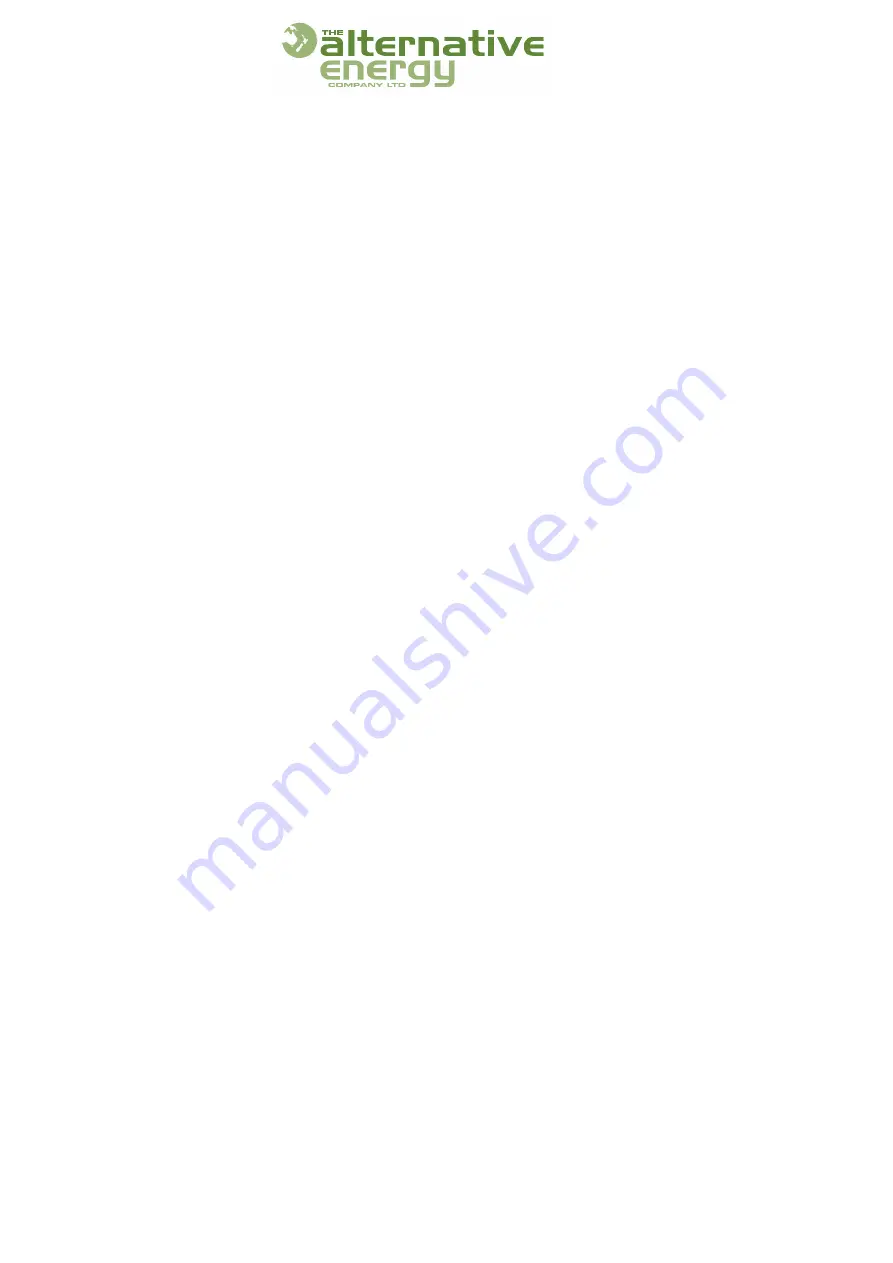
TAEC Solar Box
Owner’s Manual
v2.2
4
1.
Introduction
All Energie
–
Thermodynamic Solar Systems products are to be kept in the original packaging and
should be stored or transported in the upright position - note there is an arrow to indicate the
‘Up’ direction for
panel and the Solar Box.
The Solar Box compressor, contains oil and must not be tipped over at any stage
The Solar Box system design is based on the Carnot thermodynamic cycle, the principle of
evaporation, compression and condensation and expansion. The Solar Box has an additional
solar gain achieved by the solar panel.
The solar panel should be placed outside to capture heat from solar radiation, but also from the
atmospheric conditions such as wind and rain etc
The refrigerant enters the panel as a cold liquid. The temperature difference between the
refrigerant gas and the temperature of the panel ensures that the refrigerant fluid evaporates
and leaves the panel as a gas. The gas is compressed by the compressor, which further raises the
temperature. The heat is then transmitted to the water circuit via a heat exchanger. The gas
then passes through an expansion valve, becoming liquid again, completing the overall cycle.
As the temperature of the solar panel increases from the sun, the efficiency of the system is
greatly improved.
In this process, we use technology and the environment to generate the power to heat all your
water all year round.
The refrigeration gas used in the Solar Box system is R134a. This is CFC free, is non-inflammable
and does not harm the ozone layer;
•
The system comes preloaded with the required refrigerant gas. No additional gas should
be required for the installation.
•
Legally, in New Zealand the refrigerant in this system cannot be released into the
environment.
•
Handling of the refrigerant must be carried out by an approved refrigeration technician.
•
Thermodynamic Solar Panel
•
Panel mounting brackets, and bolts
•
Panel roof mounting kit
•
Certified Top-hat roof penetration kit
•
Solar Box unit
•
Water connections including
“Y”
strainer
1.1.
Packing, Storage & Transportation
1.2.
Description
1.3.
Refrigeration gas
1.4.
Components





